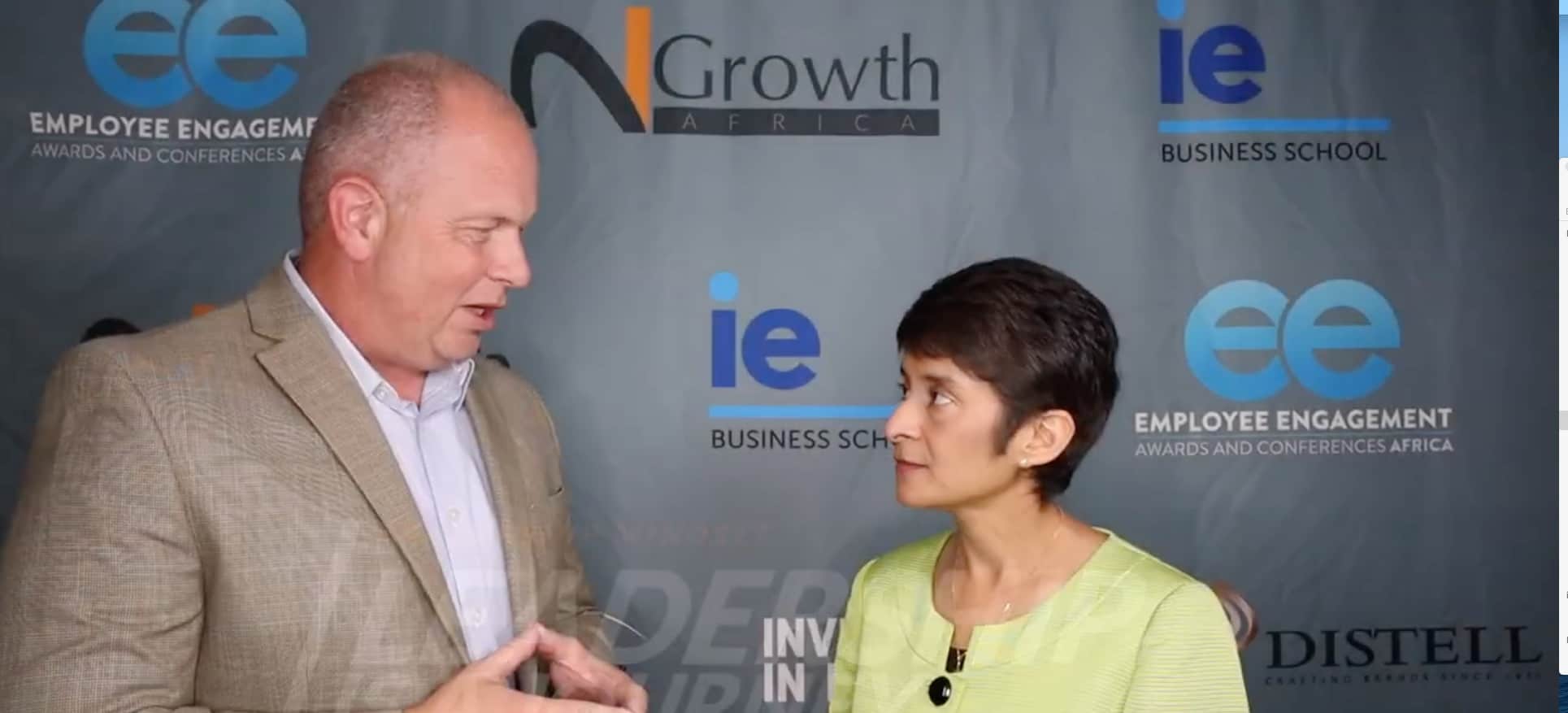Due to numerous requests, I have agreed to post a reprint of an article I previously authored describing the undeniable value of talent in the workplace. Here you go…
I am often asked to write or speak on the issues surrounding recruiting and retaining talent. However, most of what I write about are all the phases of the talent management lifecycle that come after the recruiting phase, leading to an organization’s ability to develop and retain its talent successfully. While the struggle to acquire top talent is not a new business problem, the ever-increasing competitive landscape and increasing customer demands make the “talent factor” a defining point in a company’s ability to generate sustainable growth in revenues, profit, and brand equity.
When asked if I can identify the one attribute most responsible for a company’s success, one plausible answer might be the quality of a company’s leadership. Another likely answer would be the quality of a company’s product or service. However, both of the aforementioned options (as well as just about any other answer you could come up with) would be a natural outcome of the correct answer… Quite simply put, the quality of a company’s talent is the single biggest competitive value proposition a business possesses.
Quality human capital is a catalytic asset that can be effectively leveraged across the enterprise to generate creativity, collaboration, momentum, velocity, client loyalty, a dynamic corporate culture, and virtually every other positive influencing force in the corporate universe. It is the quality talent that designs sound business practices, creates great strategic plans, understands the value of innovation, overcomes obstacles, breaks down barriers, creates growth, and builds a lasting brand.
Now that we have defined talent’s value let’s understand how to attract, grow, and retain it. The answer rests in settling for nothing less than a total and complete commitment to quality from the top down, with no exceptions. There is truth in the old axiom that “quality begets quality.”
Winning the war for talent begins with a company’s commitment to quality leadership. Quality executive leadership will attract quality management, and quality management will attract quality staff. Quality talent will produce quality processes and work products, attracting quality clients, investors, partners, vendors, and suppliers. This quality-driven value chain will produce a quality corporate culture and a lasting brand known for, you guessed it, its association with quality.
Quality is not a characteristic well served by the fractionalized application. You won’t attract quality clients or talent if you have the best-in-the-class compensation plan but a low-quality product offering. Rather you’ll attract mercenary employees looking to exploit a compensation plan and who will disappoint clients that will, in turn, seek solace from your competitors. The golden rule is never to sacrifice quality at any level or for any reason.
The bottom line is that a commitment to quality will position an organization such that it will have little trouble competing in the war for talent. If everything about your organization is built on the foundation of quality, your culture will largely sell itself. My position is that someone should want to work for you more than you want them to. Suppose you are spending too much time selling your company. In that case, it means that you are either not speaking to the right individual or the individual you’re speaking to doesn’t clearly understand the qualitative aspects of your organization. It is not uncommon for a company built on a foundation of quality to hear things like, “I didn’t think so-and-so was recruitable,” or “I didn’t think so-and-so would ever work for someone else again,” or my personal favorite, “They must have paid a fortune to hire so-and-so”.
Unfortunately, recruiting talent is only part of the equation. Once you recruit a talented individual, you won’t keep them for long unless you properly train, motivate and mentor them. Proper assimilation of talent creates a bond of trust between the employee and the company creating a sense of loyalty that is not easily broken. Assuming that you have created a company built on a foundation of quality that will attract top talent, adhering to the following five best practices will help you motivate and retain your talent:
1. Recruiting: Develop and use a solid process in your recruiting efforts that begins with a values-based approach to hiring. This doesn’t just mean hiring a top producer but rather hiring a quality individual with integrity and character. A new hire should be someone that has invested in themselves, made good career decisions, understands why they want to be a part of your organization, is an excellent communicator and a team player. Don’t hire quickly based on a gut feeling; take time in the interviewing process to let the prospective new hire get a feel for your culture and company. Never oversell the company; in fact, disclose all the problems and weaknesses of the organization so that the new hire can make a good decision that won’t be later unwound by inconsistent messaging or practices.
2. Training: Proper assimilation of a new employee during a transition to a new company is critical. In order to create a homogeneous culture and have a continuity of messaging (both internally and externally), everyone, regardless of experience, must go through the same training process. Furthermore, training and continuing education programs must be available to encourage and stimulate professional growth and keep an organization from falling prey to obsolescence. All new hires should have clearly defined career options and a career path with requirements and expectations being understood.
3. Leadership: Mentoring, not managing, and leading rather than governing is important. Everyone within an organization should be assigned a mentor who can coach, troubleshoot, inspire, motivate, and lead an employee to achieve success. Clear lines of communication throughout the enterprise will prevent miscommunication from creating unnecessary problems. Poor performance is indicative of poor leadership. If you have continuous performance problems that cannot be corrected, then you really have a leadership problem.
4. Support: Retention is largely an issue of building a platform and culture that positions your employees for success. If your employees do not have the toolsets, administrative, marketing, and leadership support necessary to thrive in their individual roles successfully, then you have set them up to fail, and you won’t be successful in your efforts to retain staff. A collaborative environment thrives on information sharing, business intelligence, and knowledge management. If the platform isn’t in place that supports these types of initiatives, then employees will look for other employers that will.
5. Recognition: Recognition can and should come in many varieties. Everything from fixed and variable compensation, environment, advancement/promotion, perquisites, ownership/participation, internal and external awards, and exposure to a simple thank you can be key elements in the retention of employees. If your culture doesn’t reward your employees for their contributions, they will again seek other employers who will.
Identifying, recruiting, motivating, deploying, developing, and retaining quality talent is not complex, but it is difficult in that it requires a significant commitment of time, money, energy, and effort. It has been my experience that for many executives, it is easier to complain about their current situation than to take the necessary steps to create the proper environment and culture. For companies willing to commit to quality, you’ll find no better return on investment than a thriving corporate culture comprised of talented, productive, and loyal employees.







